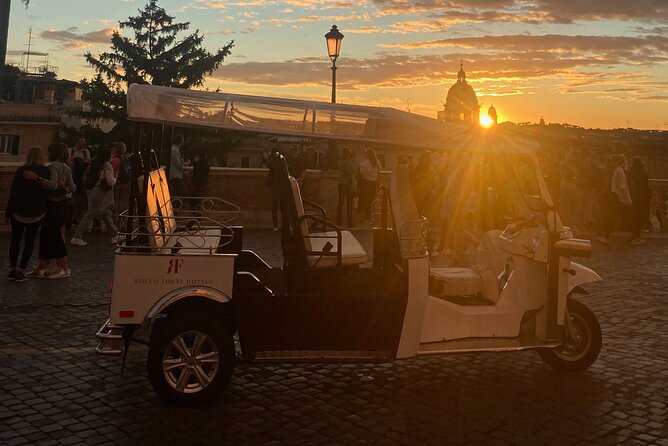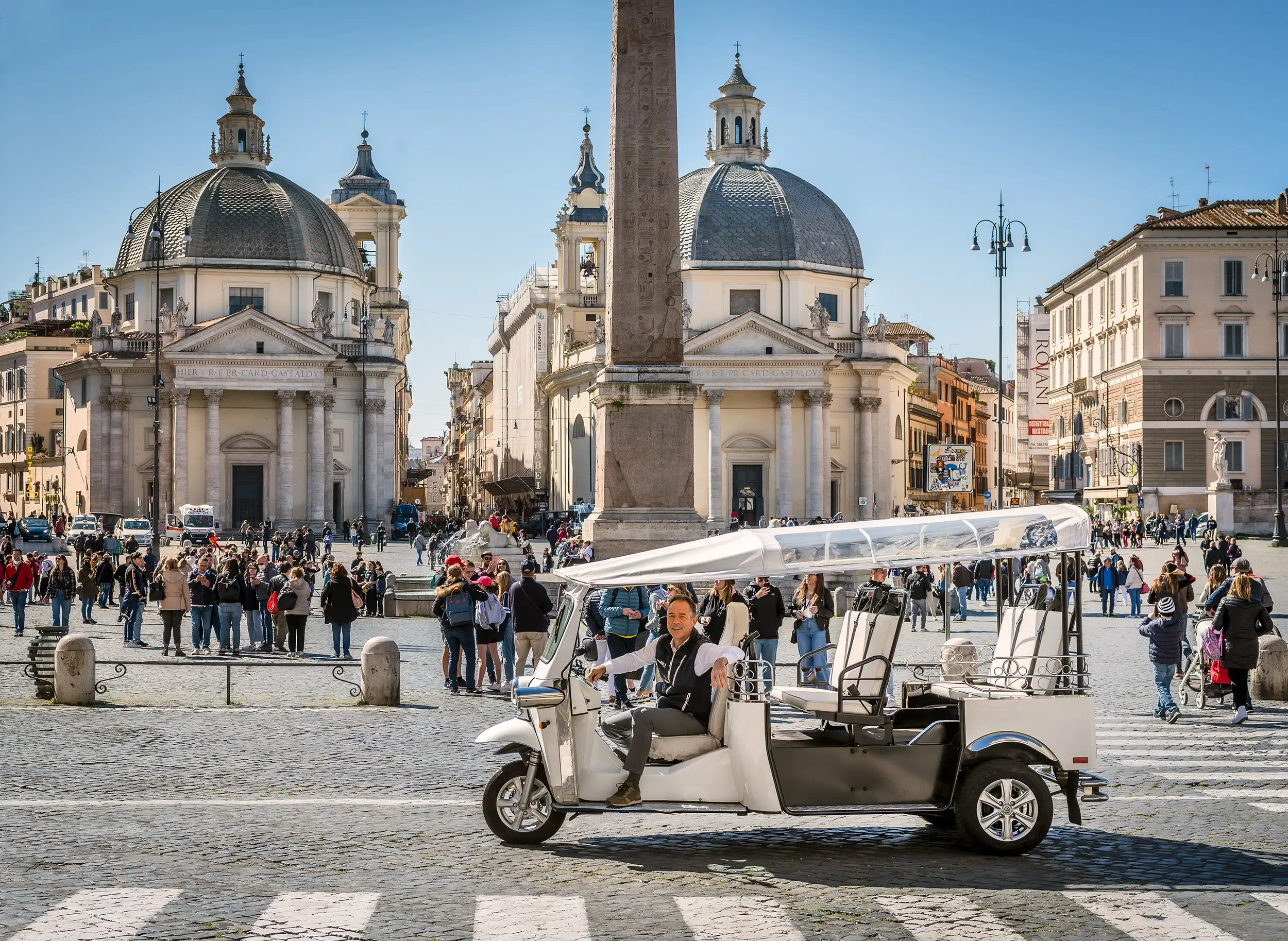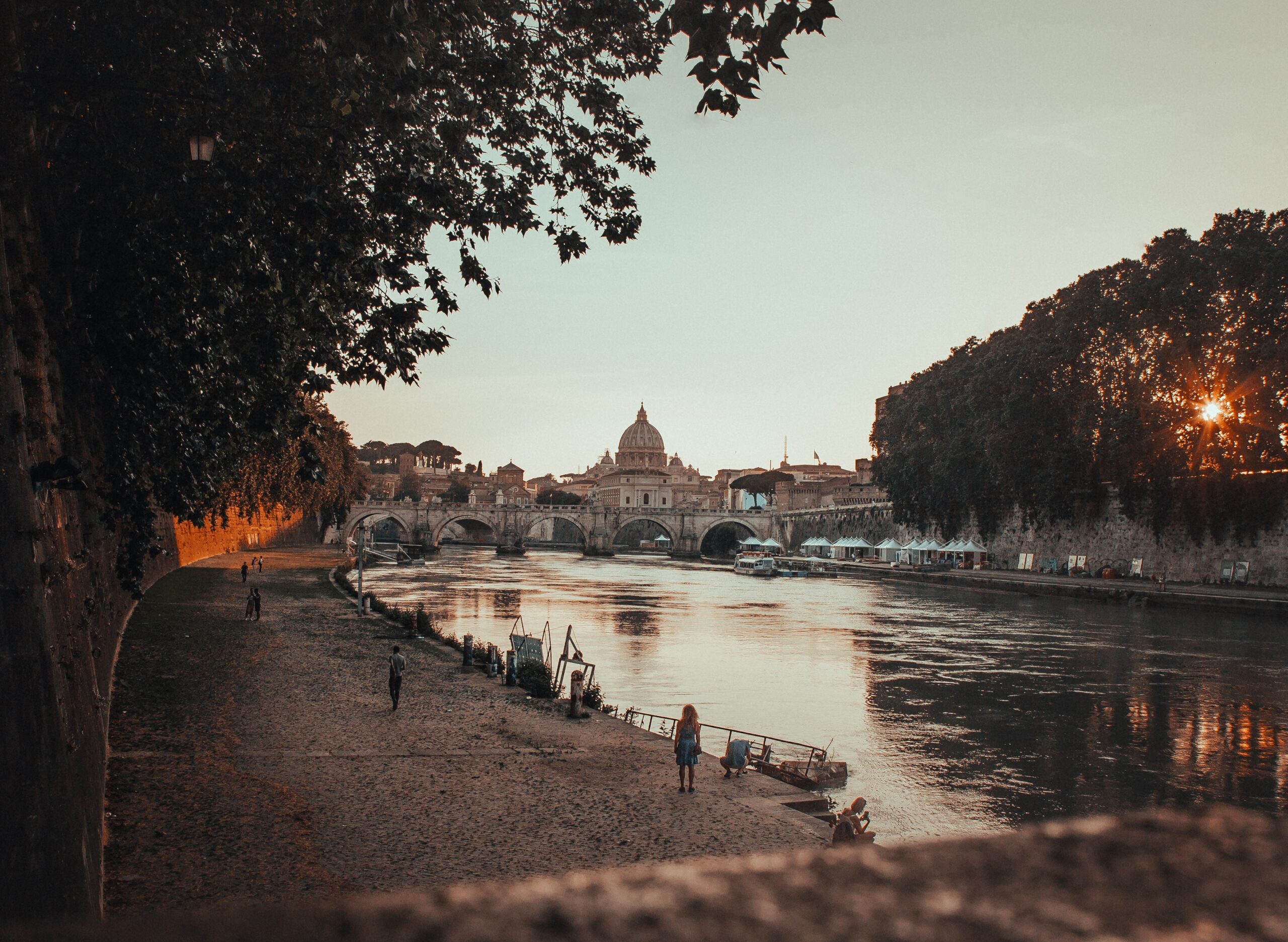Summer in Rome is a sensory explosion. The scent of blooming jasmine, the shimmer of sunlit ruins, the echo of footsteps on cobblestone streets. In 2025, the Eternal City offers travelers more than just history. It promises immersive experiences that blend flavor, culture, and the pleasure of slow discovery. From cooking pasta in Renaissance kitchens to riding through ancient roads in vintage vehicles, Rome becomes a stage where every traveler can feel like a protagonist.
The Roman summer begins with taste. Street food tours reveal the city’s most authentic identity, found not in formal restaurants but in the hands of locals. A walk through the Jewish Quarter unearths carciofi alla giudia, the legendary fried artichokes that crackle in golden oil. In Testaccio, once the city’s industrial heart, supplì are served steaming, their rice interiors stretching with molten mozzarella. Trastevere pulses with pizza al taglio, cut to size and garnished with Roman creativity. Grattachecca, the traditional shaved ice with syrup, returns every summer as a ritual, quenching thirst and bringing a smile beneath the Roman sun.
Discover the flavors of Rome through cooking classes
For those who wish not just to taste but to create, cooking classes offer a gateway into Roman domestic life. In fact, Eat and Walk Italy hosts daily workshops near Piazza Navona, where travelers roll up their sleeves and dive into the craft of Italian cuisine. These classes are not staged performances but genuine moments of cultural transmission. For instance, participants prepare handmade fettuccine, knead dough for ravioli, and whisk egg yolks for tiramisù under the guidance of local chefs. Indeed, every ingredient tells a story, from the semolina flour to the mascarpone. In addition, these cooking experiences take different forms.
Some focus on pasta and tiramisù, guiding guests through the classics of Roman cuisine like carbonara and cacio e pepe. Meanwhile, others teach the secrets of perfect Roman pizza, from the stretch of the dough to the baking of the crust. Moreover, there are workshops that embrace the conviviality of the Italian aperitivo, pairing food preparation with the joy of prosecco and spritz. At the end of each lesson, participants conclude with a communal meal, where travelers sit together and share what they have made, tasting the city not as tourists, but as guests. Ultimately, these experiences are ideal not only for food lovers but also for families, couples, and solo travelers seeking something more intimate and educational. They offer the rare opportunity to slow down and understand the cultural significance of food in Italian life.

Rome by Ape Calessino: a different way to see the city
To explore Rome beyond the fork, Eat and Walk Italy offers a singular experience: private city tours aboard the iconic Ape Calessino. This three-wheeled vintage vehicle, born in the postwar boom and reborn as a symbol of Italian style, allows visitors to see the city from a relaxed, open-air perspective. One of the most popular routes begins at Piazzale Ostiense, passing the Pyramid of Cestius, the Baths of Caracalla, and the Colosseum before gliding along the Appian Way. The tour continues through Garbatella, a historic working-class neighborhood rich in architecture and anecdotes.
These Ape Calessino tours include two carefully selected food stops. Guests sample Roman cheeses, cured meats, pastries, or gelato, transforming the journey into a moveable feast. Unlike conventional tours, these rides combine storytelling, architecture, and gastronomy into a cohesive narrative. The vehicles, compact and maneuverable, can slip through alleyways and pause for photo opportunities in places larger transports cannot reach. Day tours offer expansive views and a dynamic cityscape. But Rome by night is another experience altogether. Evening rides allow guests to discover the capital under a soft, golden light. Landmarks like the Colosseum, St. Peter’s Basilica, and the Spanish Steps reveal new dimensions in the twilight. The city, less crowded and quieter, opens up space for reflection and romance.
Why summer 2025 is the perfect time to visit Rome
After several years of gradual revival, Rome in 2025 is bursting with vitality. Tourism has returned, but so has a renewed attention to authenticity and detail. Local chefs and artisans are eager to share their craft. Experiences are more curated, more personal. Eat and Walk Italy, for instance, limits class sizes to maintain intimacy and quality, offering instruction in English, Spanish, and Italian. Summer brings longer days and open-air possibilities. Markets like Campo de’ Fiori and Testaccio brim with fresh produce and lively conversation. The Tiber Island hosts festivals and open-air cinema. Rooftop terraces offer cocktails and sweeping views over domes and bell towers. The Eternal City reinvents itself each summer, always ancient, always new.
Where to stay and how to move in the roman summer
To fully enjoy these experiences, consider staying in neighborhoods like Trastevere, Monti, or near Campo de’ Fiori. These areas are walking distance from both cooking class locations and tour departure points. Boutique hotels and locally owned B&Bs add charm and character. For families or groups, private apartments allow greater comfort and flexibility. Getting around is part of the experience. Walk when you can—Rome is best seen slowly. But to rest your legs, the Ape Calessino becomes an elegant and effortless solution. Public transport remains an option, but in summer heat, the allure of a breeze-filled ride past the ruins is hard to resist.
Rome through the lens of flavor and experience in summer
What makes a summer in Rome unforgettable is not just the sights, but the connection you forge with the city. When you learn how to make pasta from a Roman chef, or cruise past the Forum in a vintage vehicle, you’re not just visiting. You’re participating. These moments build a narrative, one made of textures and aromas, laughter and stories. Rome teaches not only how to eat and cook, but how to live. Slowly. Generously. With appetite and with grace. To walk, to eat, to learn. In Rome, these are not separate acts. They are part of a single, unforgettable experience.
(credits: Freepik)
Related post




